The 1960s were a time of incredible change, from social movements to technological breakthroughs that shaped our world forever. But while we remember the big moments—the moon landing, Woodstock, and the civil rights movement—there were countless everyday items and experiences that simply faded away without fanfare. These weren’t revolutionary inventions or cultural phenomena; they were just part of the fabric of daily life that somehow slipped through the cracks of history.
Looking back, it’s fascinating how these ordinary things disappeared so quietly that most of us didn’t even notice they were gone until years later. They were so woven into the routine of the decade that their absence only became apparent when we tried to explain to younger generations what life was really like back then. Here are 14 common fixtures of 1960s life that vanished before anyone really noticed they were missing.
1. S&H Green Stamps
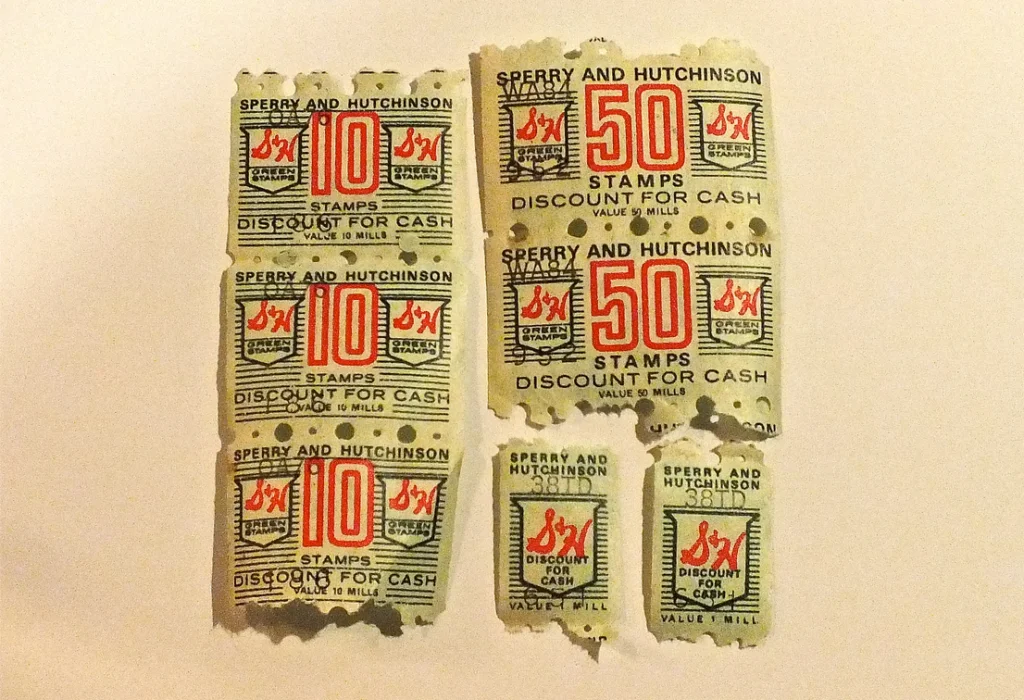
Remember the ritual of licking and sticking those little green stamps into books after every grocery trip? S&H Green Stamps were everywhere in the ’60s, handed out by gas stations, supermarkets, and department stores as customer loyalty rewards. Families would spend evenings together, carefully placing stamps in redemption books while planning what prizes they’d eventually claim from the catalog. KXRB fondly remembers these little slips of nostalgia and notes that they were tied inexorably to other items that take us right back down memory lane.
The anticipation of filling up enough books to get that toaster, coffee pot, or set of dishes was half the fun. Kids would help count stamps and debate whether to save up for something big or cash in for smaller items right away. By the time credit card rewards and frequent shopper programs took over in the ’80s, Green Stamps had quietly disappeared, leaving behind only fond memories of family bonding over adhesive-backed rewards.
2. TV Test Patterns

Before television became a 24-hour affair, every broadcast day ended with the national anthem and a test pattern that would stay on screen until programming resumed the next morning. These geometric patterns, often accompanied by a steady tone, were as much a part of the TV experience as the shows themselves. Falling asleep to that droning sound was a common experience for anyone who dozed off in front of the television. PRINT Magazine breaks down what purpose all these various colors and patterns served.
The test pattern served a practical purpose, helping technicians calibrate television equipment and letting viewers know their set was working properly. Some kids would stare at the hypnotic patterns, trying to make sense of the circles, lines, and numbers. When cable television and later 24-hour programming took over, test patterns vanished so gradually that most people didn’t realize they were gone until they tried to explain to their children what used to happen when television “went off the air.”
3. Milk Delivery
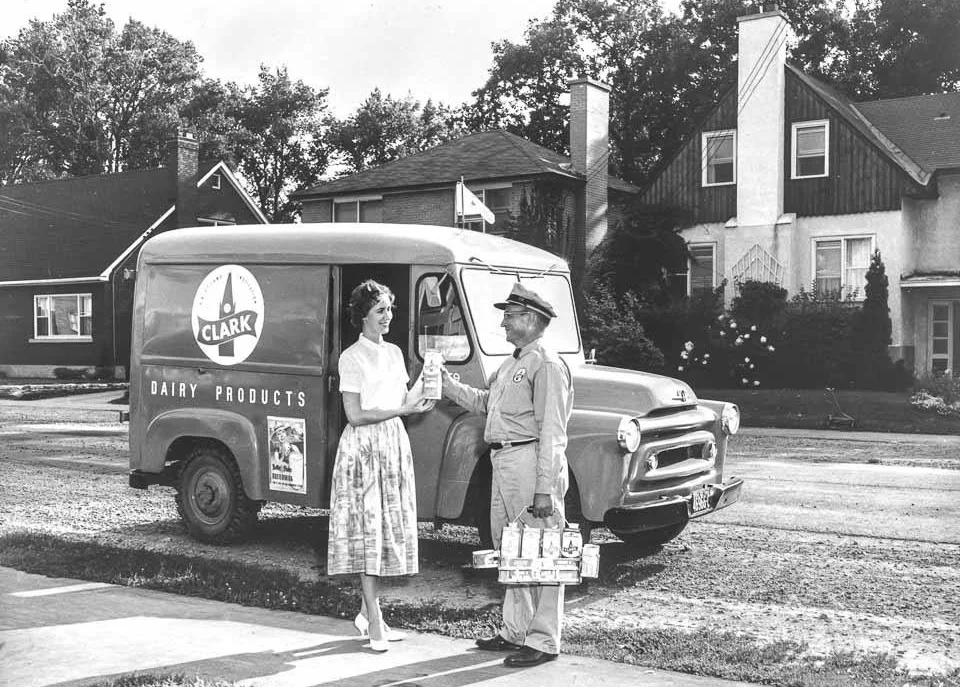
The gentle clink of glass bottles being placed on the front porch was once as reliable as the sunrise. Milkmen made their rounds in the early morning hours, leaving fresh dairy products in insulated boxes and taking away the empties for refilling. Families would leave notes specifying how many bottles they needed, along with requests for cream, butter, or eggs. With these services, Apartment Therapy reminds us, also came some architectural features like a milk door many houses still have.
This system worked on pure trust—money was often left in the bottles, and the milkman would make change and leave it behind. Kids loved discovering the cream that had risen to the top of the non-homogenized milk, and mothers appreciated the convenience of never running out of this kitchen staple. As supermarkets expanded their hours and refrigeration improved, home milk delivery quietly faded away, taking with it a charming piece of neighborhood commerce.
4. Party Lines
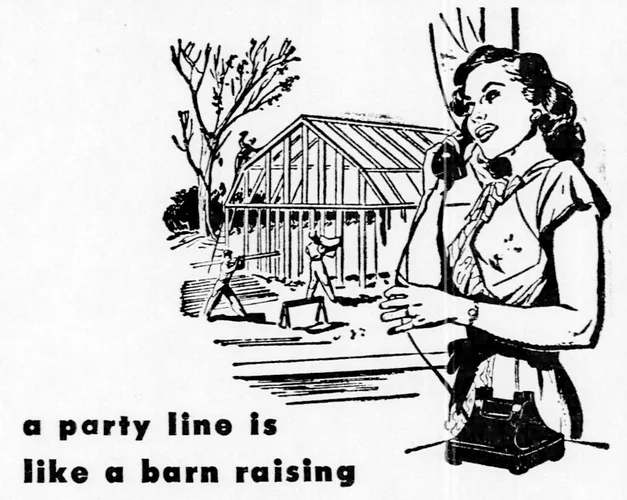
Sharing a telephone line with neighbors was just a fact of life for many families in the 1960s. Party lines meant that when you picked up the phone, you might hear Mrs. Johnson from down the street already chatting with her sister. Telephone etiquette included keeping conversations brief and hanging up immediately if you accidentally picked up during someone else’s call.
The system required a special kind of courtesy that’s hard to imagine today—neighbors had to cooperate to ensure everyone got their turn to make calls. Some folks couldn’t resist listening in on conversations, creating an informal neighborhood news network. As private lines became more affordable and available throughout the decade, party lines disappeared without much fanfare, taking with them a unique form of community connection.
5. Drive-In Movie Theaters

Friday nights often meant loading the family into the station wagon and heading to the drive-in for a double feature under the stars. These outdoor cinemas were perfect for families with young children who could wear pajamas and fall asleep in the back seat during the second movie. The crackling sound from those heavy metal speakers that hooked onto your car window became synonymous with summer entertainment.
Drive-ins offered a unique social experience where teenagers could take dates, families could enjoy movies together without worrying about disturbing others, and everyone could bring their own snacks. The intermission cartoons encouraging visits to the snack bar became as memorable as the movies themselves. As multiplex theaters and VCRs changed how we consumed entertainment, most drive-ins quietly closed, leaving behind empty fields where magical movie nights once happened.
6. Full-Service Gas Stations

Pulling into a gas station meant being greeted by an attendant who would fill your tank, check your oil, clean your windshield, and examine your tires—all without being asked. These uniformed professionals knew their regular customers by name and could spot potential car trouble before it became a major problem. The ritual of “Fill ‘er up, check under the hood” was as routine as getting dressed in the morning.
Service station attendants took pride in their work, often going above and beyond to help customers with everything from giving directions to providing emergency repairs. The stations themselves were community gathering places where locals would stop by to chat and catch up on neighborhood news. Self-service pumps gradually took over in the ’70s and ’80s, making full-service stations a relic of a more personal era in customer service.
7. Encyclopedia Salesmen

The doorbell would ring, and there would stand a well-dressed salesman with a briefcase full of sample volumes from Encyclopædia Britannica or World Book Encyclopedia. These persistent salespeople understood that knowledge was a family’s most important investment and could make the case for why every household needed a complete set. Many families ended up with monthly payment plans, slowly accumulating volumes over the course of a year.
Having a full set of encyclopedias was a mark of a serious household, and children were encouraged to “look it up” whenever they had questions about anything. The weight of those heavy volumes and the smell of the printed pages became associated with learning and discovery. When personal computers and the internet made printed encyclopedias obsolete, door-to-door encyclopedia sales disappeared, ending a career path that had supported thousands of families.
8. Carbon Paper
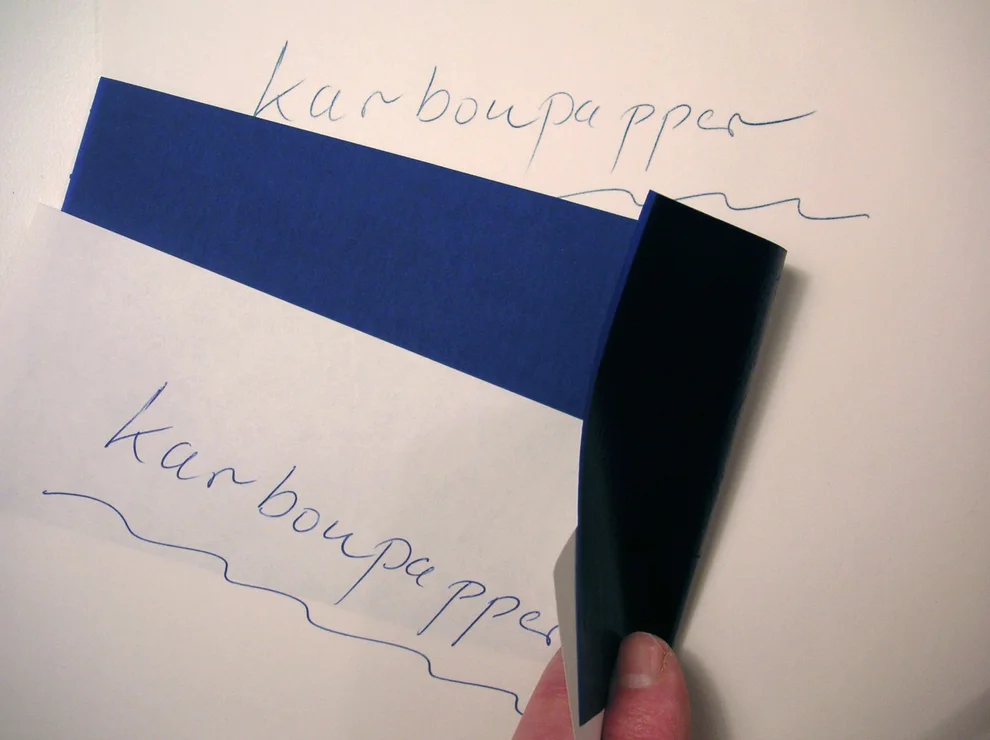
Before copy machines became common, making duplicates of documents required the blue-black smudgy sheets known as carbon paper. Typists would carefully layer the carbon paper between sheets of white paper to create multiple copies of letters, forms, and reports. Getting the alignment just right was an art form, and mistakes meant starting over with fresh sheets all around.
The messy blue residue that carbon paper left on fingers was a occupational hazard for secretaries and office workers. Most people kept a few sheets at home for making copies of important documents or letters. When photocopying became affordable and accessible in the ’70s, carbon paper vanished from offices and homes, taking with it the particular skill set required to create clean, readable copies.
9. TV Repair Shops
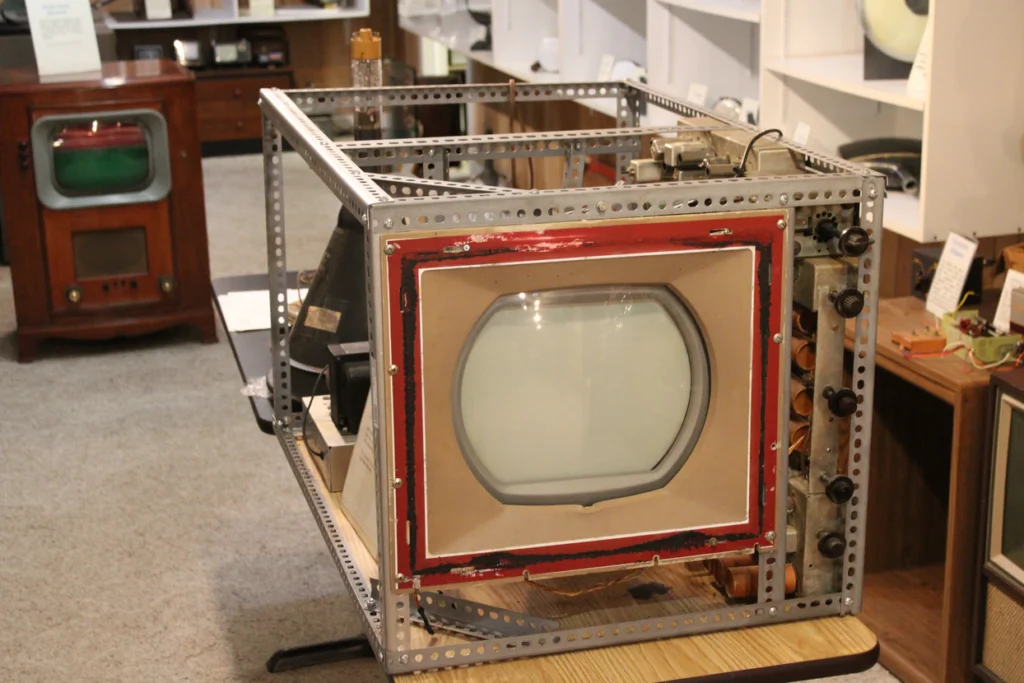
When the television went on the fritz, it meant a trip to the local TV repair shop where technicians in white coats diagnosed problems with rows of glowing vacuum tubes. These skilled craftsmen could identify bad tubes, replace capacitors, and adjust the picture quality with an expertise that seemed almost magical. Most repair shops had a tube tester that customers could use to check their own tubes before bringing in the entire set.
Television repair was a thriving business because sets were expensive investments that families expected to last for many years. Repair shops were often family-run businesses where the owner knew every customer and every television model’s particular quirks. As televisions became cheaper and more reliable, and especially when solid-state electronics replaced tubes, these neighborhood repair shops quietly closed their doors, ending an era of fixable appliances.
10. Rotary Dial Phones
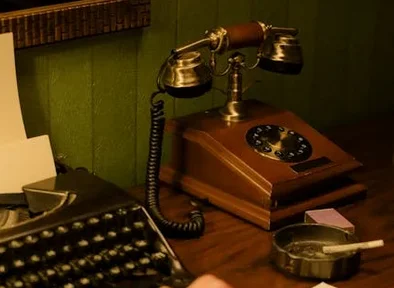
The distinctive whirring sound of a rotary dial returning to position was the soundtrack of 1960s communication. Each number had its own timing—dialing zero took forever, while one was quick and satisfying. Making a phone call required patience and precision, especially when dialing long-distance numbers that seemed to take an eternity to complete.
Kids learned their home phone number by the rhythm of the rotary dial, and everyone developed techniques for faster dialing, like using a pencil for the holes or learning to stop the dial at just the right moment. Wrong numbers meant starting the entire process over again, and busy signals required multiple attempts. Push-button phones gradually replaced rotaries through the ’70s and ’80s, but not before an entire generation learned the particular patience that rotary dialing required.
11. Ice Cube Trays
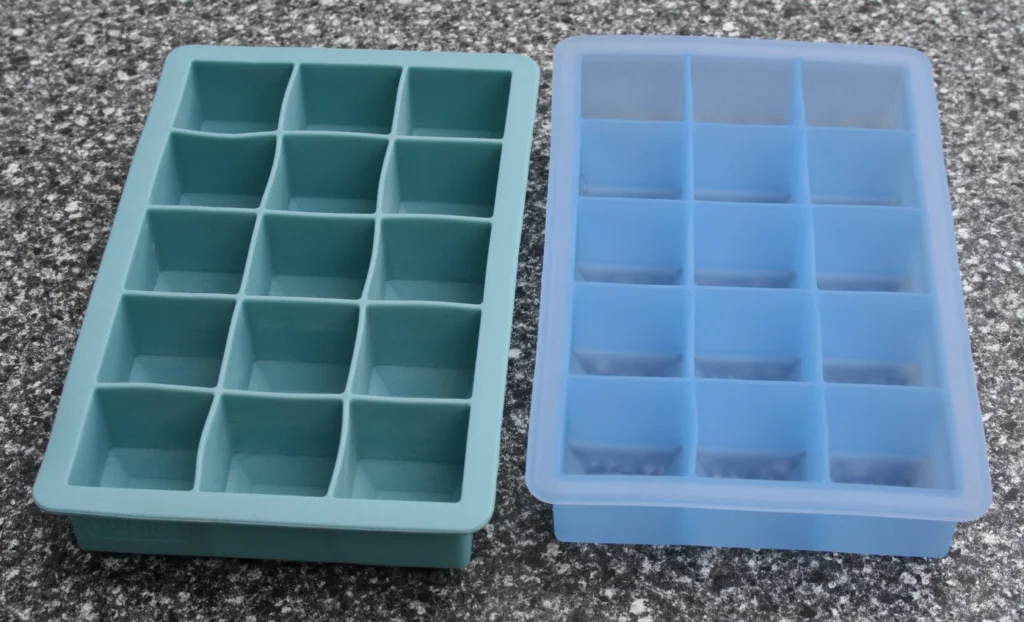
Before automatic ice makers, every freezer contained several metal ice cube trays with levers that helped release the frozen cubes. Filling these trays was a weekly chore, and prying out individual cubes often required running warm water over the bottom of the tray. The metal trays would stick to wet fingers in winter, creating a brief moment of panic for anyone who grabbed them carelessly.
Some families had special ice cube trays that made different shapes—stars, crescents, or tiny ice balls for fancy drinks. The sound of someone wrestling with a stubborn ice tray was a familiar kitchen noise, often accompanied by muttered complaints about stuck cubes. When refrigerators began including automatic ice makers in the ’70s, these troublesome trays disappeared from most kitchens, making ice acquisition an effortless process.
12. Cigarette Vending Machines
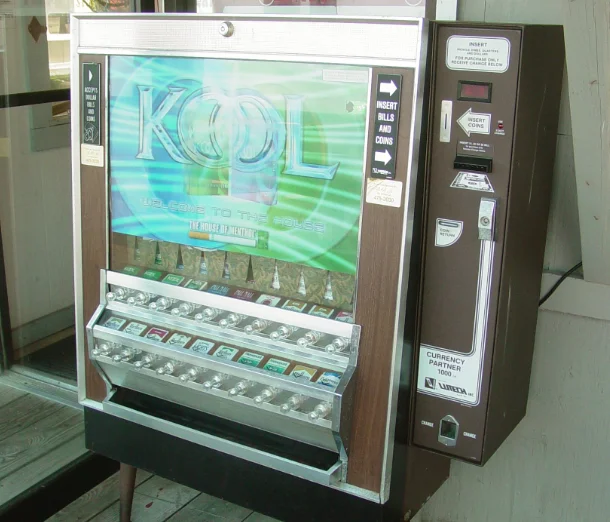
These coin-operated machines were everywhere in the ’60s—restaurants, bowling alleys, gas stations, and office buildings all had them humming quietly in corners. For the price of a few quarters, anyone could pull a knob and receive a pack of cigarettes, often with the tax stamps and matches included. The machines were marvels of mechanical engineering, with their satisfying ka-chunk sound when making a selection.
Most of these machines operated on the honor system regarding age restrictions, relying on social pressure and store owners to keep them away from minors. They were convenient for adults who ran out of cigarettes during evening activities or weekend outings. As awareness of smoking’s health risks grew and age verification became more strictly enforced, cigarette vending machines disappeared from public spaces, ending an era of easy access to tobacco products.
13. TV Dinner Trays
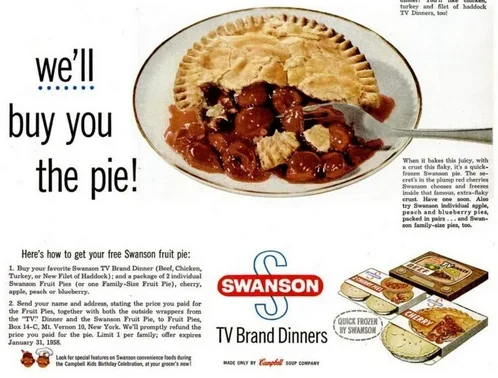
The compartmentalized aluminum trays that held complete frozen meals were a space-age marvel in 1960s kitchens. Swanson TV dinners and similar brands offered busy families the convenience of a complete meal that cooked in the oven while they watched their favorite programs. The ritual of carefully peeling back the foil covering revealed perfectly portioned servings of meat, vegetables, and dessert.
These meals represented the height of modern convenience, even though they took 25 minutes to heat in the oven and often came out with some portions still cold while others were volcanic. Families would gather around the television, eating from their individual trays while watching shows together. When microwave ovens became common and packaging switched to plastic containers, the distinctive aluminum TV dinner tray disappeared, along with its particular heating challenges and retro appeal.
14. Local Department Stores
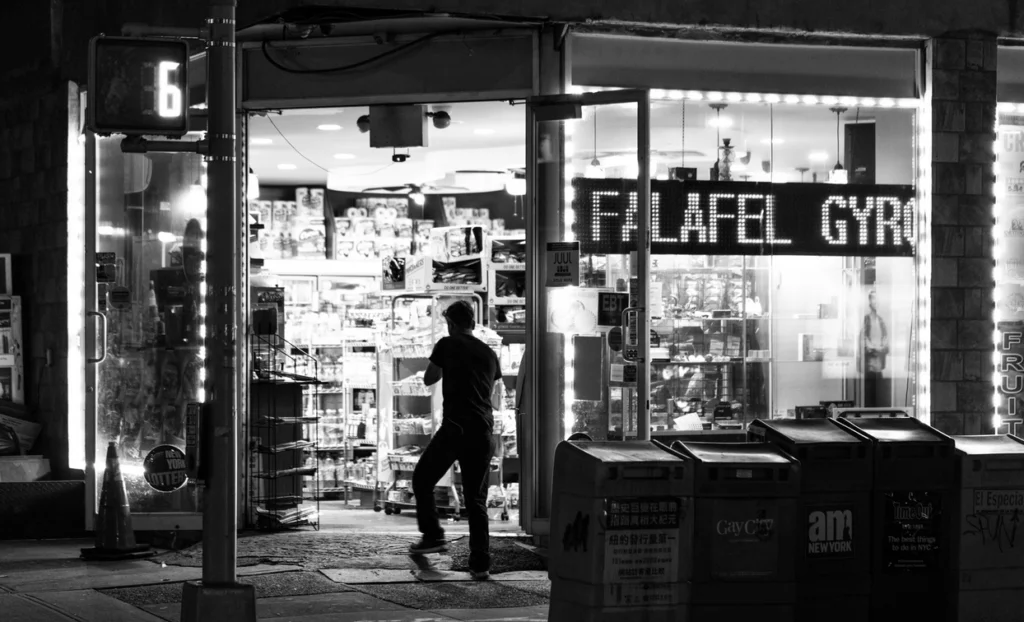
Every town had its own family-owned department store where three generations of the same family might work together, from the shoe department to ladies’ clothing. These stores knew their customers by name, kept charge accounts without credit cards, and provided personal service that made shopping feel like visiting friends. The owners lived in the community and sponsored local sports teams, charity events, and school programs.
These stores carried everything from work clothes to wedding dresses, often with tailoring services and special ordering for hard-to-find items. Shopping there meant supporting neighbors and keeping money in the local economy. When shopping malls and national chains expanded in the ’70s and ’80s, these beloved local institutions couldn’t compete with the selection and prices, gradually closing their doors and leaving behind empty storefronts that had once been the heart of downtown commerce.
The 1960s ended up being a bridge between the simpler, more personal world of the 1950s and the fast-paced, convenience-oriented culture that followed. These everyday items and experiences didn’t disappear overnight—they faded gradually as new technologies and social changes made them unnecessary or impractical. Perhaps what we miss most isn’t the inconvenience of rotary phones or the messiness of carbon paper, but the slower pace and personal connections that came with them. In our rush toward progress, we sometimes forget that efficiency isn’t always better—just different.


